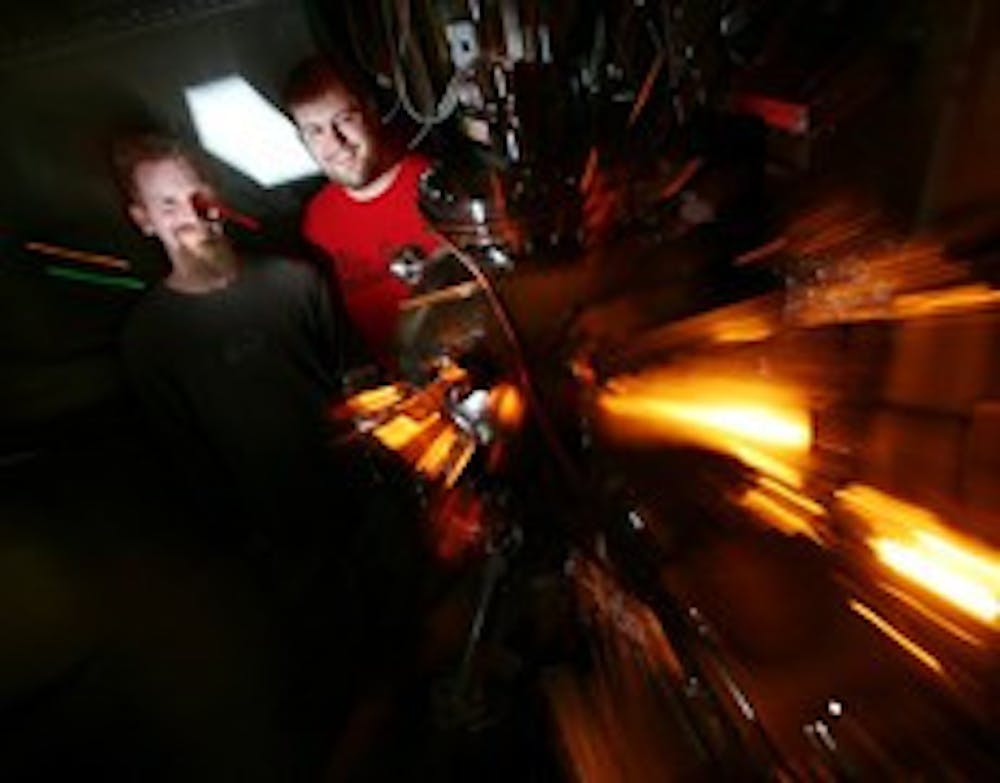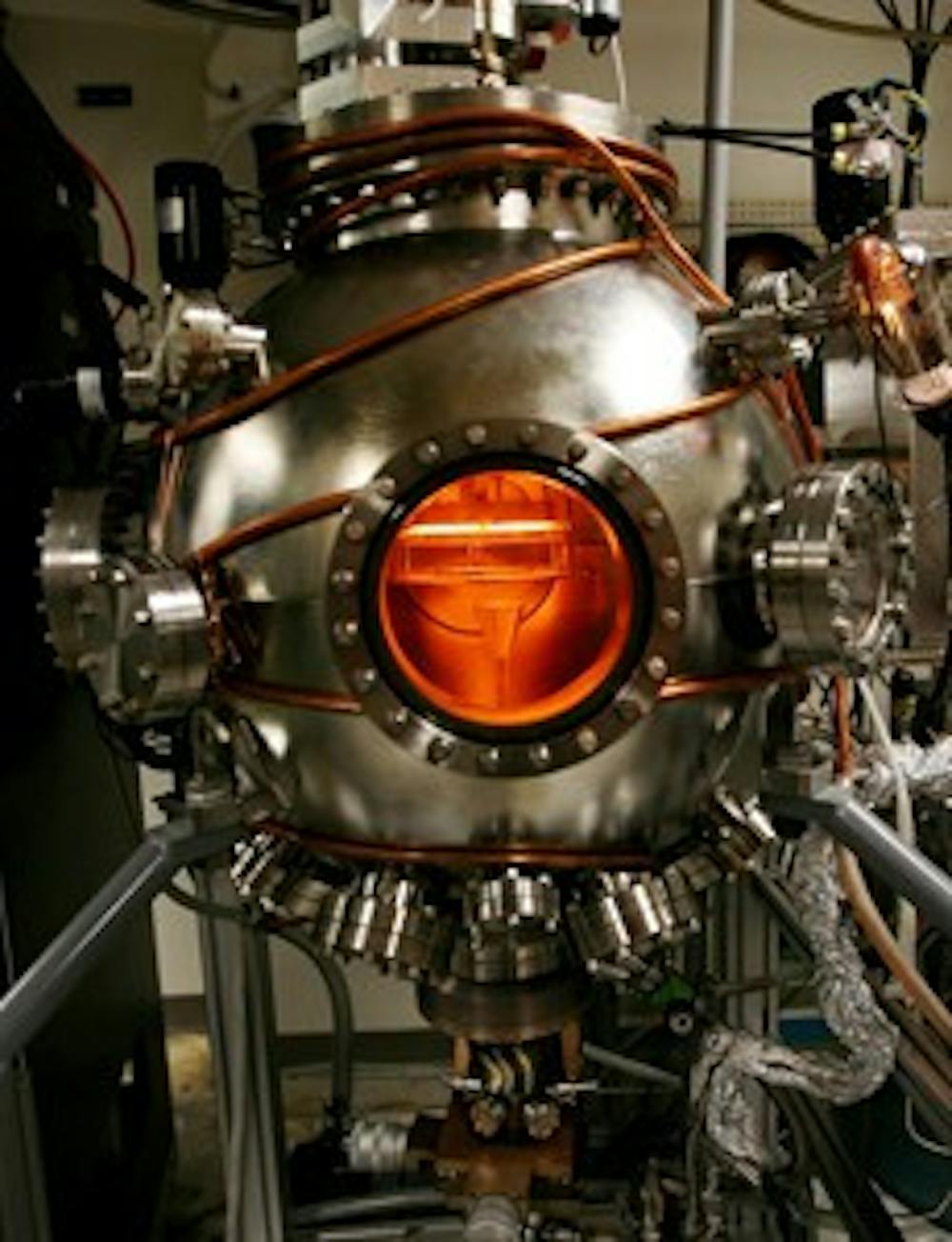As energy costs soar, scientists and power companies are working to make solar power a cheaper and more available option for Arizonans.
After receiving grants totaling more than $2 million from the U.S. Department of Energy this month, two ASU research teams are working on using semiconductor materials to make solar cells cheaper to produce.
"If you can make solar work, it's the way to go," said Mark van Schilfgaarde, head of one of the ASU teams. "It's the most benign alternative."
Though solar power is renewable and doesn't create waste, van Schilfgaarde said it cannot currently compete with oil or gas, which are less expensive.
Van Schilfgaarde and other researchers are working with photovoltaics, or solar cells that use light to create electricity.
John Kouvetakis, leader of the other ASU research group, also said cost is the major issue when it comes to solar cells.
"There are solar cells that are quite efficient, but the cost is so high," Kouvetakis said.
To make cheaper solar cells, the researchers are working with materials that were developed over the last few years at ASU for other projects. The materials mix tin with germanium and silicon in a way that has never been used in solar cells before, Kouvetakis said.
Kouvetakis said lower costs for solar cell materials will make them more accessible for people dealing with the record-breaking costs of oil and other traditional energy sources.
"There is a huge effort nowadays to produce cheaper forms of solar energy because everything else is so high," Kouvetakis said.
John Tolle, a postdoctoral researcher with Kouvetakis, said he enjoys the real world consequences of the project.
"This has a direct application," Tolle said. "Solar cells are being used to support other types of energy. That's interesting."
The projects are focused on using less expensive materials at lower quantities, which would make these solar cells more competitive with traditional energy sources, van Schilfgaarde said. Most current solar cells use large amounts of silicon, whereas his group works with films that are only as thick as a layer of paint. The thin films will also make it easier to use solar power with a limited area, such as the roof of a house, van Schilfgaarde said.
With world oil production peaking and growing global demand from India and China's booming economies, van Schilfgaarde said a move to renewable energy sources is inevitable.
"There is going to be a big conflict between supply and demand that is going to happen very soon," van Schilfgaarde said. "It's not like we have a choice about this."
Arizona, in particular, will have to meet renewable energy standards in the near future. By 2025, 15 percent of Arizona's power will have to come from renewable sources, as mandated by the Arizona Corporation Commission.
As the ASU scientists work on photovoltaic cells, one Arizona power company is working to bring concentrated solar energy — which uses heat rather than light from the sun to generate power — to meet this requirement.
Power company Arizona Public Service signed a contract with Spanish company Abengoa Solar who is building a solar plant called Solana in Gila Bend.
APS spokesman Steven Gottfried said Solana's development is on track, and APS expects to meet the state requirements. A federal energy bill could determine the success of the plant, however.
The Renewable Energy and Energy Conservation Tax Act, which currently provides a 30 percent tax credit for companies, will expire at the end of 2008 if Congress doesn't renew it.
"The one challenge Abengoa sees is the extension of the investment tax credit," Gottfried said.
The bill passed the House of Representatives last week, but faces opposition in the Senate, said Seth Scott, a spokesperson for Rep. Harry Mitchell, a supporter of the bill.
Since Solana will cost one billion dollars to build, Scott said it is necessary that Congress approve funding.
"If we don't, the Solana project is going to die," Scott said. "The Senate and the president need to figure it out, otherwise this incredible opportunity we have in Arizona will fade away."
Reach the reporter at: claudia.koerner@asu.edu.





